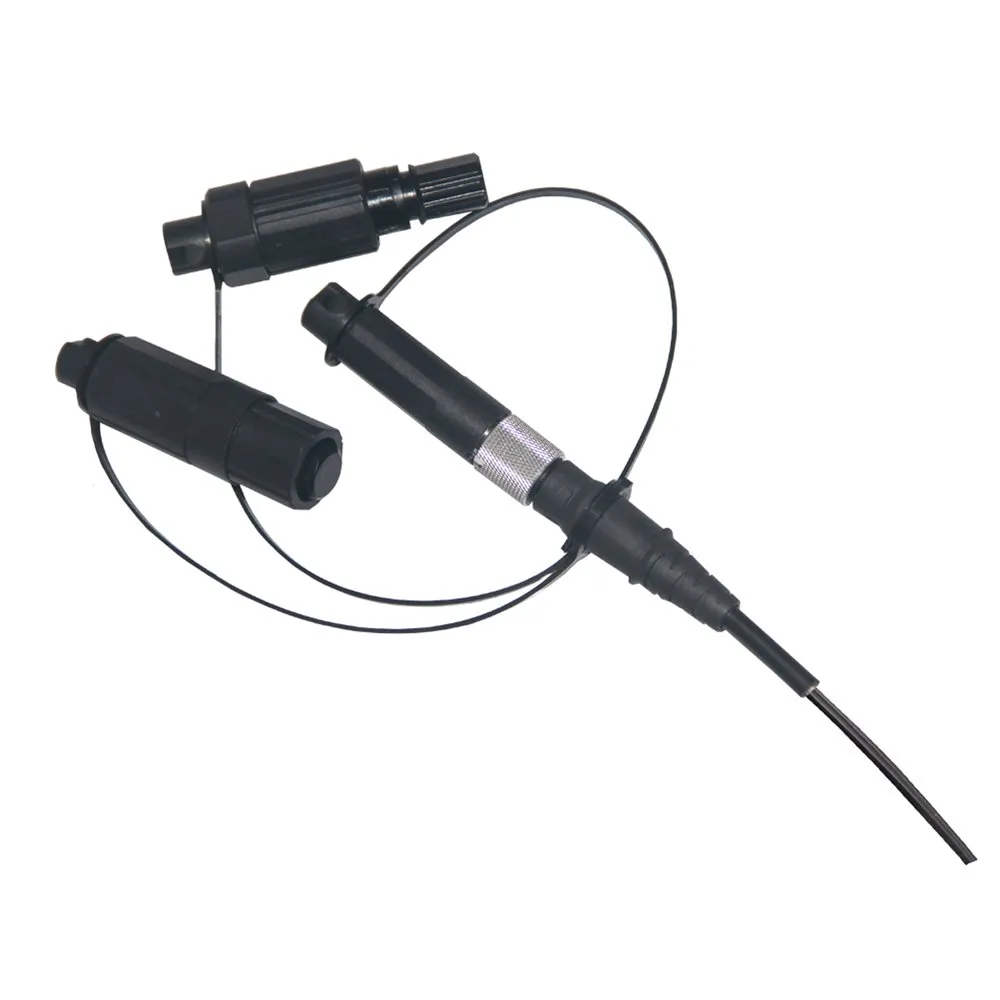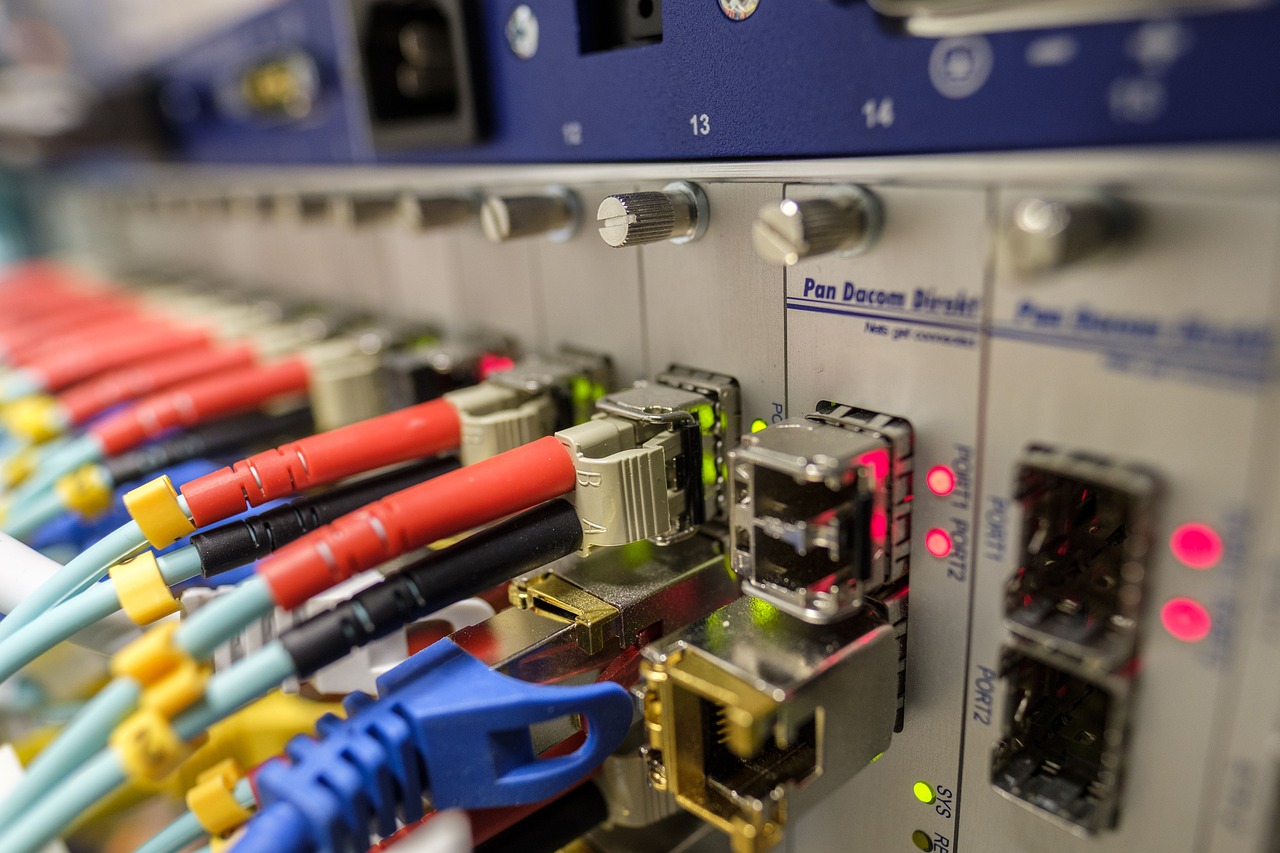The Essential Features of 3 IN 1 SLIM SC/APC Factory Optical Connector Cable Assembly

Why the 3 IN 1 SLIM SC/APC Factory Optical Connector Cable Assembly Matters
Introduction to Optical Connectivity
Optical connectivity refers to the technology and infrastructure used to transmit data through optical signals, typically using fiber optic cables. This method allows for high-speed, reliable data transmission over long distances, making it crucial in various industries such as telecommunications, networking, and broadcasting. The demand for faster and more efficient data transmission has significantly increased the relevance of optical connectivity today.
The Evolution of Cable Assemblies
From Bulky to Slim: A Brief History
The evolution of cable assemblies has seen a significant shift from bulky designs to slim and compact configurations. Initially, cable assemblies were cumbersome and challenging to manage due to their size and weight. However, advancements in technology have led to the development of slim designs that offer enhanced flexibility and ease of installation.
The Advantages of Slim Design
Slim designs in cable assemblies bring several advantages, including improved space utilization, reduced installation complexity, and enhanced portability. These advancements have revolutionized the way optical connectivity is implemented across various applications.
Unpacking the Features of the Cable Assembly
The 3 IN 1 Design
When we refer to the 3 IN 1 design in the context of a cable assembly, it signifies the integration of three essential components into a single unit. These components typically include the connector, boot, and fiber. This integrated design streamlines the assembly process and reduces the risk of misplacement or damage to individual parts during installation. As a result, it enhances operational efficiency and minimizes potential disruptions in connectivity.
How This Design Enhances Efficiency
The 3 IN 1 design significantly improves efficiency by simplifying inventory management and reducing the overall number of components required for installations. With fewer separate parts to handle, technicians can complete installations more swiftly, leading to cost savings and increased productivity. Additionally, this integrated approach minimizes the likelihood of compatibility issues between different components, ensuring seamless connectivity across diverse network configurations.
The Slim Factor
The importance of a slim design in a cable assembly cannot be overstated. A slim form factor enables greater flexibility in routing cables within confined spaces, making it ideal for densely populated data centers and telecommunications infrastructure. Furthermore, slim designs contribute to efficient airflow management within equipment racks, promoting optimal thermal performance and reducing the risk of overheating.
Where Slim Designs Make a Difference
Slim designs make a substantial difference in scenarios where space is at a premium, such as urban networking environments and compact hardware configurations. By occupying minimal physical space while maintaining high-performance capabilities, these assemblies cater to modern infrastructure requirements without imposing spatial constraints.
Ease of Installation
DIY Friendly
The 3 IN 1 SLIM SC/APC Factory Optical Connector Cable Assembly is designed with user-friendly features that facilitate straightforward installations even for non-professionals. Its intuitive design minimizes the need for specialized tools or expertise, empowering users to set up reliable optical connections independently.
Professional Installation Made Easier
For professional installers, this cable assembly's ergonomic design streamlines the installation process by reducing setup time and effort. The simplified procedures contribute to enhanced operational efficiency while ensuring consistent quality across all installations.
The Role of SC/APC in Ensuring Quality Signal Transmission
Understanding SC/APC Connectors
When it comes to optical connectivity, the SC/APC (Subscriber Connector/Angle Polished Connector) plays a pivotal role in ensuring reliable signal transmission. These connectors are widely recognised for their precision and effectiveness in maintaining signal integrity across various optical networks.
The Basics of SC/APC
The SC/APC connector features a unique angled end face that minimises back reflection, thereby reducing signal loss and enhancing overall network performance. This design significantly improves the quality of optical connections, making it an ideal choice for high-speed data transmission applications.
Why SC/APC Over Others?
The decision to opt for SC/APC connectors over other alternatives stems from their superior ability to maintain signal quality and minimise interference. In comparison to standard connectors, SC/APC connectors offer enhanced durability and stability, making them well-suited for demanding environments where consistent signal transmission is paramount.
The Impact on Signal Quality
Low Insertion Loss Explained
One of the key factors contributing to the widespread adoption of SC/APC connectors is their low insertion loss. This term refers to the reduction in signal strength as it passes through a connector or splice point. With SC/APC connectors, the low insertion loss ensures minimal signal attenuation, preserving the integrity of transmitted data and enabling seamless communication across interconnected systems.
The Importance of Reliable Signal Transmission
Reliable signal transmission is fundamental in sustaining efficient data transfer and communication processes. By utilising SC/APC connectors, network operators can achieve consistent and high-quality signal transmission, leading to improved network reliability and reduced downtime.
Precon Harden and Its Importance in Optical Connectivity
In the realm of optical connectivity, Precon Harden refers to a specialized hardening process applied to connectors and cable assemblies. This process involves reinforcing the components with durable materials, enhancing their resistance to environmental stressors and mechanical strain.
A Simple Explanation
The application of Precon Harden involves subjecting the connectors to a hardening treatment that fortifies their structural integrity. This treatment significantly improves the robustness of the connectors, making them more resilient to physical impacts and prolonged usage.
Comparing Precon Harden to Standard Options
When comparing Precon Harden to standard connector options, the difference lies in the enhanced durability and longevity offered by the hardened components. Standard connectors may be susceptible to wear and tear over time, whereas Precon Harden ensures prolonged reliability even in demanding operational environments.
Why Precon Harden Matters
The significance of Precon Harden becomes evident in its ability to prolong the lifespan of optical connectivity components while maintaining consistent performance.
Durability and Longevity
By integrating Precon Harden into cable assemblies and connectors, manufacturers can deliver products that exhibit exceptional durability and longevity, reducing maintenance requirements and replacement costs over time.
Use Cases Where Precon Harden Shines
Precon Harden shines in applications where exposure to harsh conditions or frequent handling is inevitable. Industries such as aerospace, military, telecommunications, and industrial automation benefit greatly from the resilience provided by Precon Harden technology.


